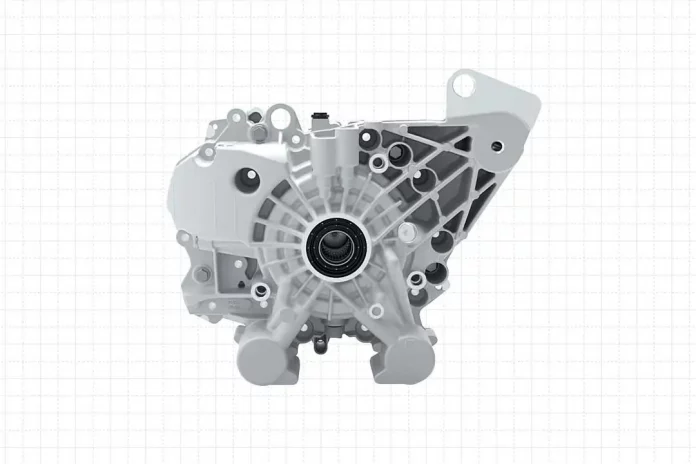BorgWarner, a leading and transformative global product manufacturer with over 130 years of success, has disclosed its first-to-market product. Its electric Torque Vectoring and Disconnect (eTVD) system is made for battery electric vehicles (BEVs). Polestar and another popular European OEM are to launch this system.
The eTVD is part of BorgWarner’s electric Torque Management System (eTMS) portfolio of solutions. It has the aim of increasing stability via intelligently controlling wheel torque. Similarly, it aims at improving traction during times of launch and acceleration, and providing a significant powerful performance. Currently, the eTVD is in line for production on the Polestar 3 SUV. Following later this year, production will also begin for a major European OEM.
BorgWarner’s supreme eTVD provides a 3-in-1 system. It replaces the differential and features both torque vectoring and an on-demand disconnect function. The torque vectoring system is also in contrast to the brake-based system, thereby eliminating unnecessary brake interventions. This further reduces any harshness and vibration. There is also an added benefit of lower particle emission along with lesser wear and tear on the tires and brakes.
Given BEVs’ high weight that reduces agility, BorgWarner’s eTVD system allows a much lighter feel of the vehicle. There is also the essence of increased overall safety. With the help of smart design and intuitive software, unnecessary driving characteristic risks are minimized, and superior traction is enabled.
Volker Weng, the Vice President of BorgWarner Inc. and President and General Manager BorgWarner Drivetrain and Battery Systems, stated, “Our new electric vehicle torque management systems showcase our multidisciplinary expertise, system integration capabilities, and the exceptional work of our BorgWarner team. With the market transitioning to more software-defined modules and vehicles, it is critical to have sophisticated systems in place, like our eTVD, that can precisely and quickly calculate, predict and control vehicle behaviour across a wide range of situations. We have received exceptionally positive feedback from customers regarding their test drive experiences and look forward to addressing further market needs with our software, controls, and calibration expertise”.
Read More:


